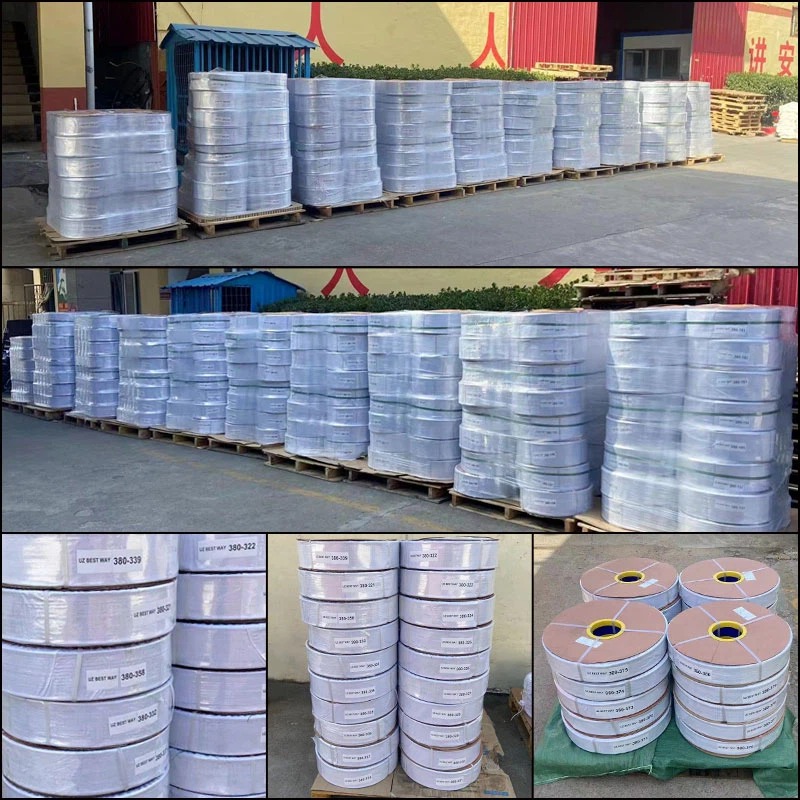Laying Requirements For Drip Irrigation Tape
The use of many products and equipment has certain requirements or standards, which can reduce some unnecessary troubles and guarantee the use of the product and equipment. Therefore, the use of drip irrigation belt also has certain requirements, especially when laying, its laying work plays an important role in the development of crops. So, what requirements should be paid attention to when laying work?
1. In order to prevent the drip irrigation belt from being dragged away when the locomotive starts, the starting point of the ground must be fixed with steel drills or wooden stakes, and the locomotive with the seeding belt should start smoothly and slowly.
2. When the roll is changed or the tape is broken, it should be marked and connected with a fast pass after broadcasting.
3. Since the thermal expansion and cold contraction and shrinkage rate of the drip irrigation belt are between 1.5-2%, there should be a margin of 1.5-2.0 meters at both ends when laying.
4. It should be laid in the middle position between the rows and cannot be offset, otherwise it will cause uneven dripping, and the labyrinth surface should be upwards, so as to avoid uneven dripping caused by the dripper flowing down the lower part.
5. It should be laid flat, and should not be knotted or twisted when laying. If defective products are found, they should be replaced in time.
6. During the laying process, if the drip irrigation tape is left out of the film, it should be moved under the film in time or pressed with soil to prevent the film from being torn when the wind blows.
If we want to keep the crop root soil at a suitable humidity, the laying of the drip irrigation belt must not be perfunctory. Before laying, we must fully understand its relevant requirements, and try to avoid unexpected problems caused by improper operation. In general, only standardized laying can ensure the normal use of the product and prolong the service life of the product to a certain extent.




